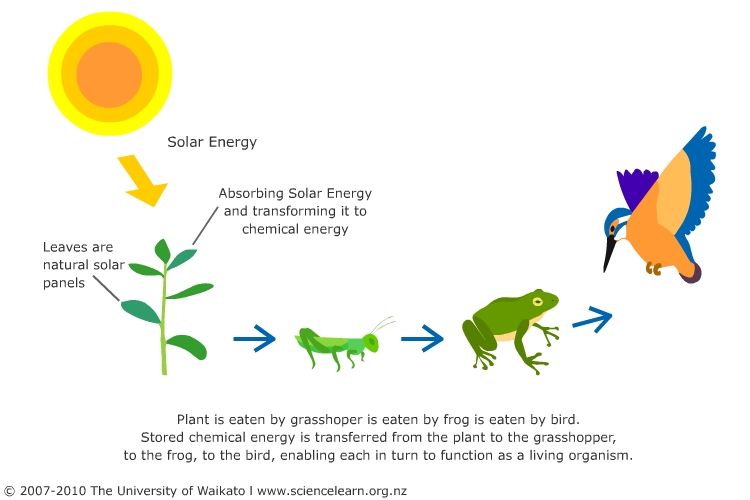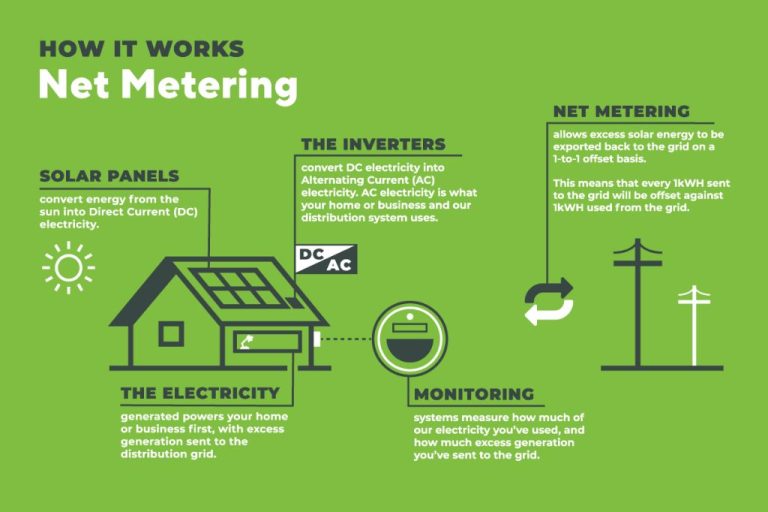Is Sunlight A Natural Resource Yes Or No?
What is a Natural Resource?
A natural resource is something from nature that people can use. Natural resources fall into two main categories: renewable resources and nonrenewable resources.
Renewable natural resources can be replenished naturally over time. Examples of renewable resources include sunlight, wind, water, trees and other plants. Renewable resources are constantly being formed and replenished in nature.
Nonrenewable natural resources take much longer to form naturally, and so are limited in supply. Examples of nonrenewable resources include fossil fuels like oil, natural gas and coal. Once these resources are used up, they are gone.
Other examples of natural resources include metals like gold, silver and iron ore; minerals; and land. All of these come directly from nature and are used by humans in some way.
What is Sunlight?
Sunlight refers to the visible light and energy emitted by the Sun which reaches Earth. This light allows for photosynthesis in plants and makes our planet habitable. The Sun produces energy through nuclear fusion reactions in its core, converting hydrogen into helium and releasing enormous amounts of electromagnetic radiation in the process.
This light and radiation streams outward from the Sun in all directions at the speed of light. Although the Sun produces radiation across the electromagnetic spectrum, the human eye can only perceive wavelengths from approximately 380 to 750 nanometers as visible light. This range from violet through red corresponds to what we refer to as sunlight.
As sunlight travels the 150 million kilometers from the Sun to Earth, the shorter wavelength violet and blue light is scattered more by the gases in our atmosphere, making the sky appear blue. By the time sunlight reaches sea level on Earth, it is primarily composed of visible light in the green, yellow, orange and red wavelengths.
Characteristics of Natural Resources
Natural resources are materials or substances that occur naturally and can be used for economic gain. There are generally three characteristics that define natural resources:
-
Found in nature – Natural resources are formed naturally within environments like forests, oceans, rivers, and mountains without human intervention.
-
Used by humans – Resources like wood, water, and coal have properties that allow them to be utilized by humans for products, energy, and more.
-
Finite or renewable – Natural resources can be non-renewable, meaning they exist in fixed amounts and can be depleted. Renewable resources like trees or sunlight can be replenished naturally.
These key characteristics help distinguish natural resources from other materials. Resources must come from nature, provide value to humans, and be available in limited or recurring amounts to be considered natural resources.
Does Sunlight Have the Characteristics of a Natural Resource?

To determine if sunlight can be considered a natural resource, we need to examine if it possesses the key characteristics that define natural resources. There are a few primary qualities that natural resources share:
First, natural resources are found freely available in nature. Sunlight clearly meets this criterion, as it shines naturally on the Earth from the sun. Unlike resources that must be extracted or harvested, sunlight is freely accessible without any human effort required.
Second, natural resources are useful for human activities. Sunlight has many applications that are critical for human life and civilization. Sunlight enables the growth of plants through photosynthesis, which forms the foundation of the food chain and agriculture. Solar energy can be harnessed through solar panels to generate electricity cleanly and sustainably. Sunlight also provides warmth, light, and supports psychological health.
Finally, natural resources have the capacity to be replenished through natural processes. Although the sun will eventually burn out billions of years from now, in the context of human timescales sunlight is essentially renewable every day. The day-night cycle causes the availability of sunlight on Earth to be replenished cyclically.
Given sunlight’s presence in nature independent of humans, critical roles in human activities, and renewal capacity, it satisfies the standard criteria that define natural resources.
Countries With Policies Related to Sunlight
Some countries have enacted laws and regulations related to access to sunlight. These laws aim to balance the right of landowners to develop their properties with the right of neighboring properties to receive adequate sunlight.
In the United States, some states and cities have enacted “solar rights” laws. These laws restrict the ability of property owners to block sunlight from reaching their neighbors’ solar energy systems. For example, Wisconsin passed a law in 1981 granting property owners the right to install and operate solar collectors. The law prohibits neighbors from blocking sunlight from 9am to 3pm. New Mexico’s solar rights law goes even further, prohibiting any restriction, covenant, or condition which impairs the ability to take advantage of solar or wind power on residential property.
The United Kingdom does not have national solar rights legislation, but local planning policies may aim to protect access to sunlight. For example, London’s local planning guidance indicates that new buildings should not reduce sunlight to adjoining outdoor amenity spaces to less than 2 hours on the 21st of March. Planning authorities commonly use guidelines developed by the Building Research Establishment when assessing the sunlight impacts of proposed developments.
In Australia, laws vary by state and territory. For example, Victoria’s planning scheme allows consideration of overshadowing impacts on neighboring solar energy systems when assessing planning applications. Queensland legislation prohibits one property owner from recombining their land in a way that worsens overshadowing of their neighbor’s solar hot water or photovoltaic systems.
In summary, some countries and local jurisdictions have created solar access laws to balance development rights with the goal of promoting solar energy. These laws use various techniques like minimum sunlight standards and solar easements to protect access to sunlight.
Uses of Sunlight
Sunlight is used in many important processes on Earth. Some of the main uses of sunlight include:
Photosynthesis – Sunlight is essential for photosynthesis, the process plants use to convert sunlight into chemical energy. Photosynthesis by plants and algae provides oxygen and food that supports almost all life on Earth.
Solar energy – Sunlight can be harnessed and converted into electricity through solar energy technologies like solar panels and concentrated solar power plants. Solar energy is increasingly being used as a renewable alternative to fossil fuels.
Health benefits – Sunlight exposure allows our bodies to produce vitamin D, which is critical for bone health and supporting the immune system. Sunlight also regulates circadian rhythms that are important for sleep.
Growing food – Most crops and food plants rely on sunlight for growth and production. Sunlight supports agriculture that feeds populations around the world.
Limitations of Sunlight
While sunlight has many uses, it also has some key limitations that prevent it from being available at all times. Here are some of the main limitations of sunlight as a resource:
Not available at night – One of the biggest limitations of sunlight is that it is only available during daytime hours. At night, when the sun has set, no sunlight reaches the Earth’s surface. This means any application relying on sunlight cannot operate at night without storage solutions.
Varies by location and weather – The amount of sunlight reaching a given location depends on latitude, season, and local weather conditions. Areas closer to the equator get more consistent sunlight, while higher latitude locations see huge variability. Cloud cover and storms can also block sunlight, even during daytime.
Difficult to store – While some solar energy storage solutions exist, in general sunlight is very difficult to store effectively for later use. This intermittency limits many applications that require consistent energy supply regardless of sunlight conditions at a given moment.
Environmental Impacts of Sunlight
Sunlight has several important environmental impacts. First, sunlight promotes the growth of plants and entire ecosystems. The sun’s rays provide the light energy that drives photosynthesis, allowing plants to convert carbon dioxide and water into carbohydrates and oxygen. This fuels the entire food chain, as plants form the base of most ecosystems. Sunlight enables complex and diverse ecosystems to thrive on our planet.
However, sunlight can also contribute to climate change. The greenhouse effect is exacerbated by the absorption of infrared radiation from sunlight by greenhouse gases like carbon dioxide and methane. This causes the atmosphere to warm and drives global climate change. Though necessary, excessive sunlight absorbed by the earth can lead to detrimental environmental impacts.
Additionally, exposure to UV rays in sunlight can cause skin cancer in humans. Depletion of the ozone layer, which protects the earth from ultraviolet radiation, has increased rates of skin cancer over the past decades. Responsible and limited exposure to direct sunlight is advised to balance the benefits and risks of the sun’s rays.
Other Perspectives
There are arguments both for and against considering sunlight a natural resource:
Arguments that sunlight is a natural resource:
- Sunlight is vital for all life on Earth and underpins natural ecosystems.
- Sunlight powers photosynthesis in plants and phytoplankton, which produce oxygen.
- Sunlight can be harnessed for energy through solar power.
- Some countries and states have laws related to access to sunlight.
Arguments against considering sunlight a natural resource:
- Sunlight is produced by the Sun, not the Earth, so it exists independently of Earth’s resources.
- Sunlight cannot be quantified or owned like other natural resources such as minerals, forests, or fresh water.
- Sunlight is renewable and effectively limitless, unlike finite resources.
- While useful, sunlight alone does not fulfill the economic definition of a commodity or good.
Conclusion
To summarize the key points, sunlight exhibits some characteristics of a natural resource such as being naturally occurring and having economic and environmental value. However, it also lacks some defining features of natural resources like scarcity, rivalry, and excludability. While solar energy from sunlight can be captured and converted into electricity, the sunlight itself cannot be depleted or owned like other natural resources.
After examining the nature of sunlight and comparing it to the standard criteria for natural resources, sunlight does not fully qualify as a natural resource in the traditional sense. While it has value and utility, sunlight is not scarce nor exhaustible. It cannot be owned, controlled or traded like other resources. Therefore, the final determination is that sunlight itself is not considered a natural resource, but rather a natural phenomenon that enables natural resources like solar energy.







